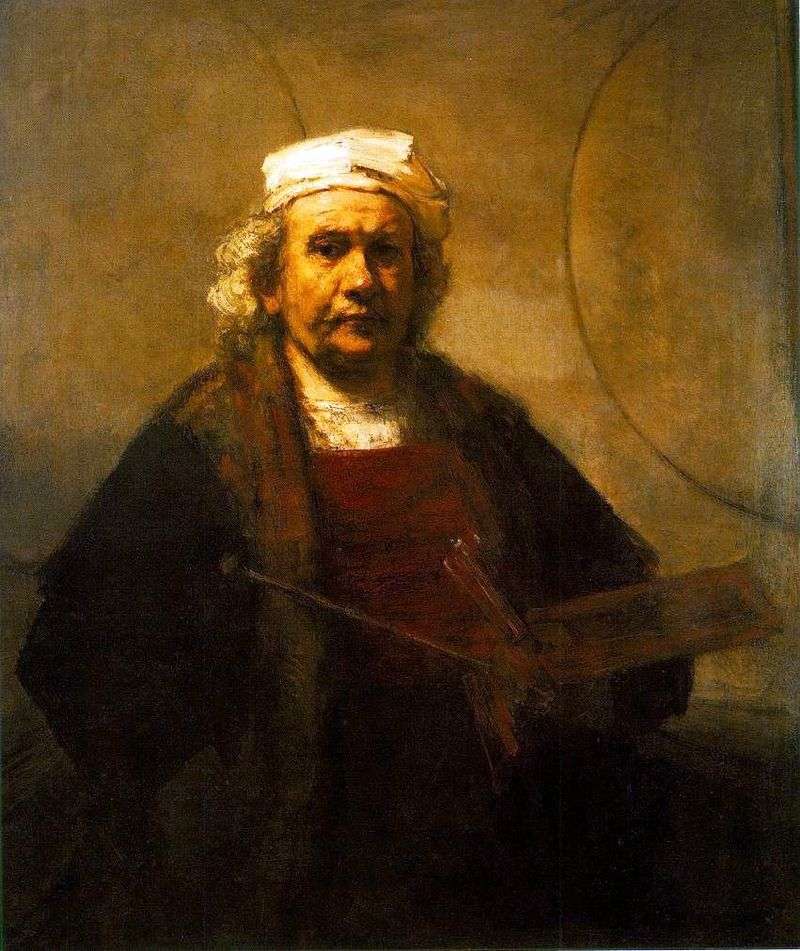
Rembrandt made it a rule to write self-portraits, but rarely portrayed himself at work. In essence, this is the second of a series of self-portraits, on which he appears with an easel, tassels and a ram used by painters as a support for his hands. The light in the background is an unusual technique necessary for the viewer to see curved lines on the wall behind the portrait being backed up.
Many explanations have been suggested; Nowadays, the popular version is: these lines are a link to the works of such legendary artists as Apelles and Giotto, who demonstrated their skills by drawing one perfectly correct line or circle. If this explanation is correct, the self-portrait asserts the artist’s right to be considered an authentic master of his time.
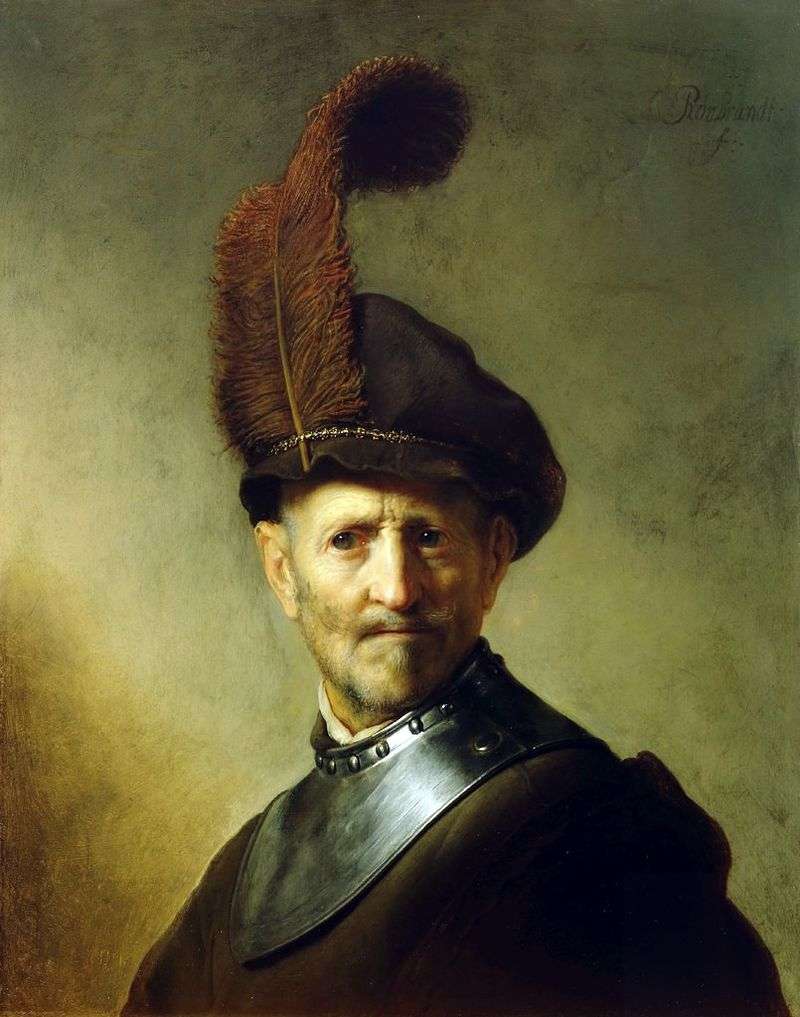 Portrait of an Old Warrior by Rembrandt Harmens Van Rhine
Portrait of an Old Warrior by Rembrandt Harmens Van Rhine Two Blacks by Rembrandt Harmens Van Rhine
Two Blacks by Rembrandt Harmens Van Rhine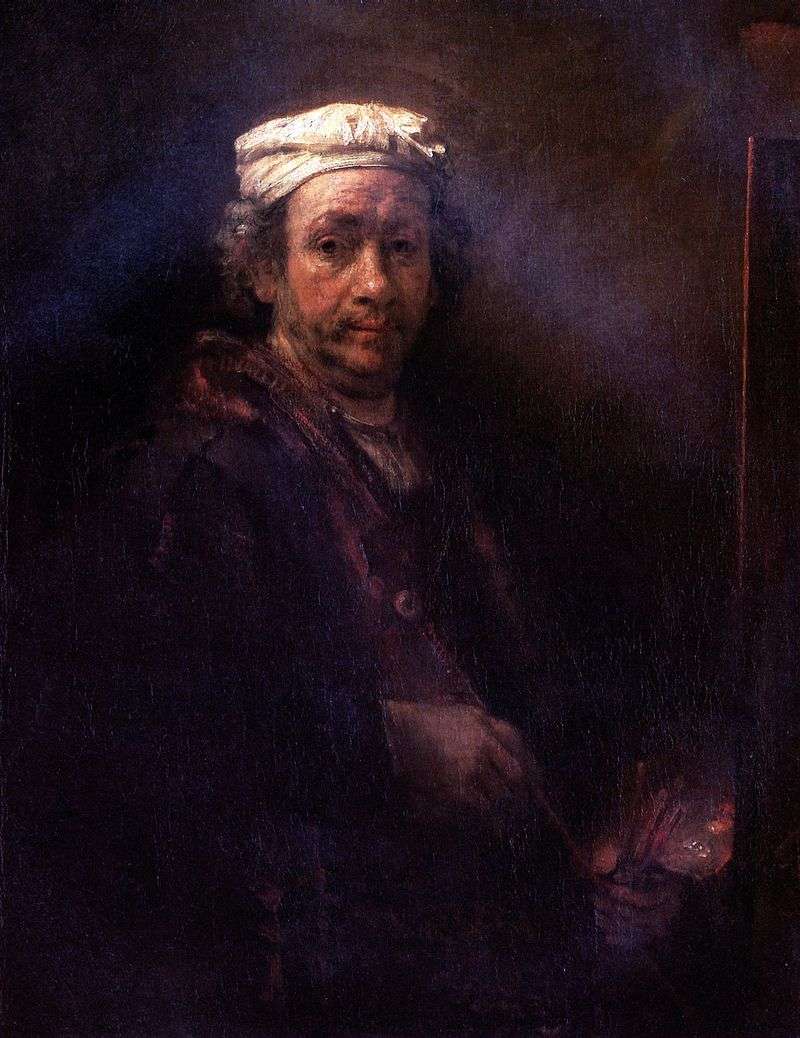 Self Portrait at Easel by Rembrandt Harmens Van Rhine
Self Portrait at Easel by Rembrandt Harmens Van Rhine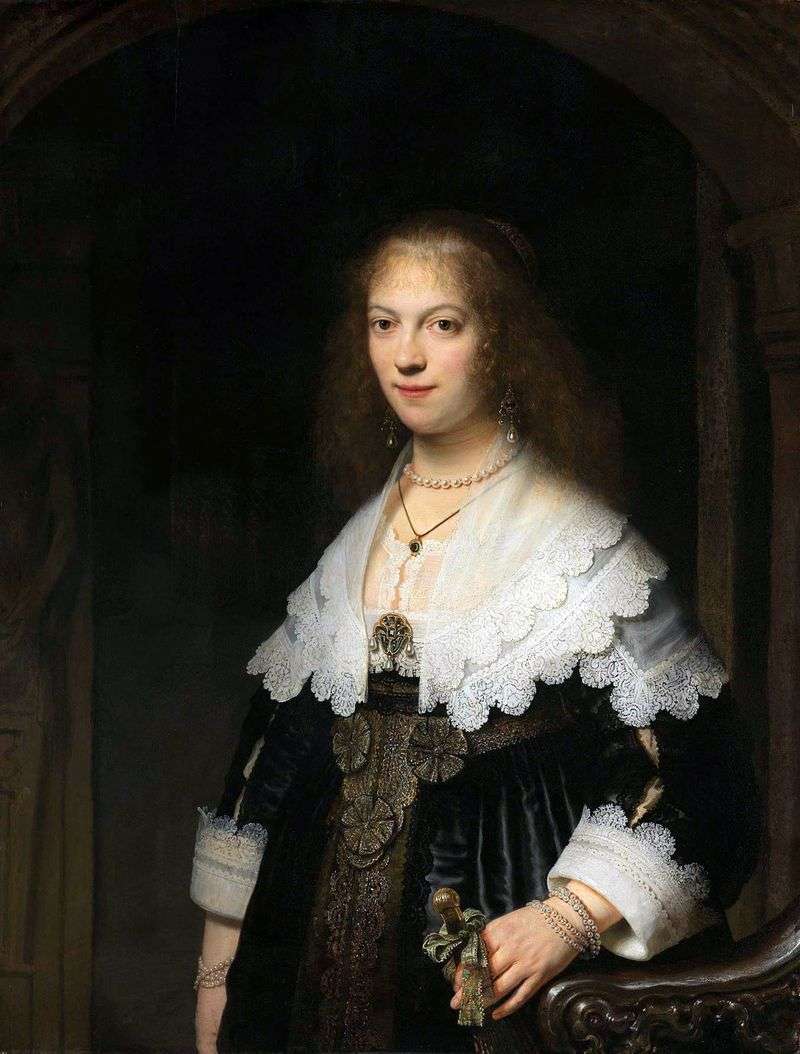 Portrait of Maria Trip by Rembrandt Harmens Van Rhine
Portrait of Maria Trip by Rembrandt Harmens Van Rhine Self-portrait by Rembrandt. Mirror Technique by Rembrandt Harmens Van Rhine
Self-portrait by Rembrandt. Mirror Technique by Rembrandt Harmens Van Rhine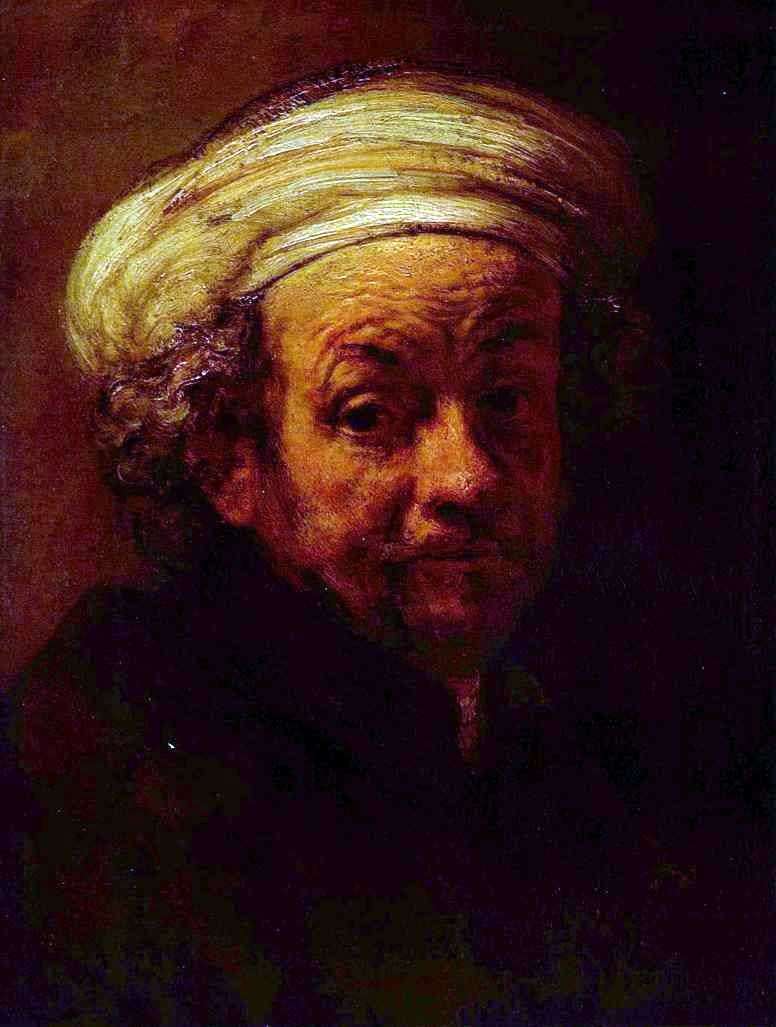 Self Portrait by Rembrandt Harmens Van Rhine
Self Portrait by Rembrandt Harmens Van Rhine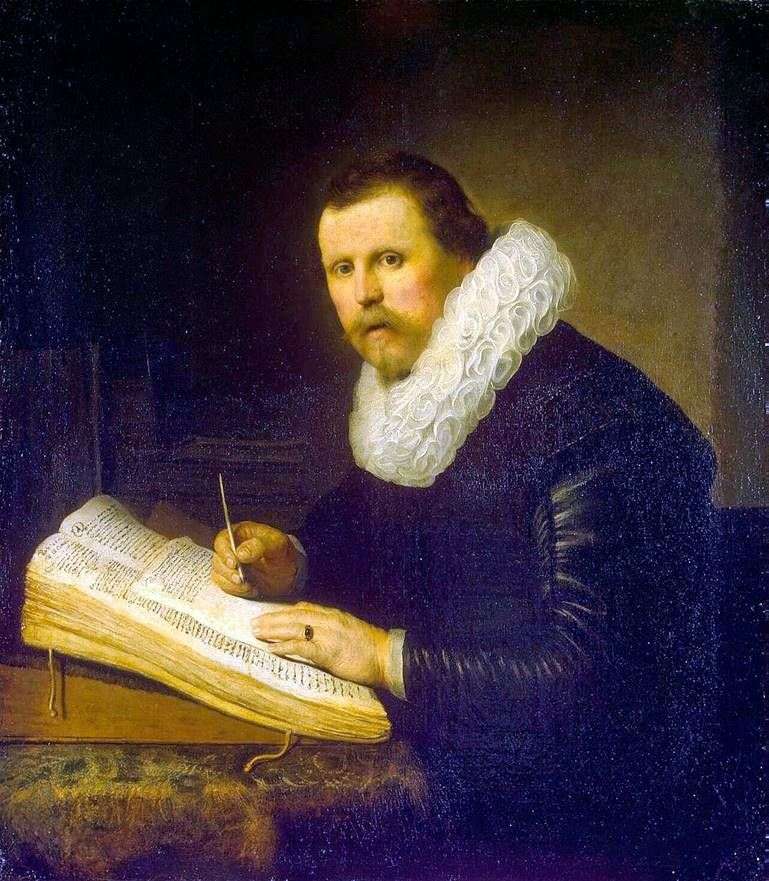 Portrait of a Scientist by Rembrandt Harmens Van Rhine
Portrait of a Scientist by Rembrandt Harmens Van Rhine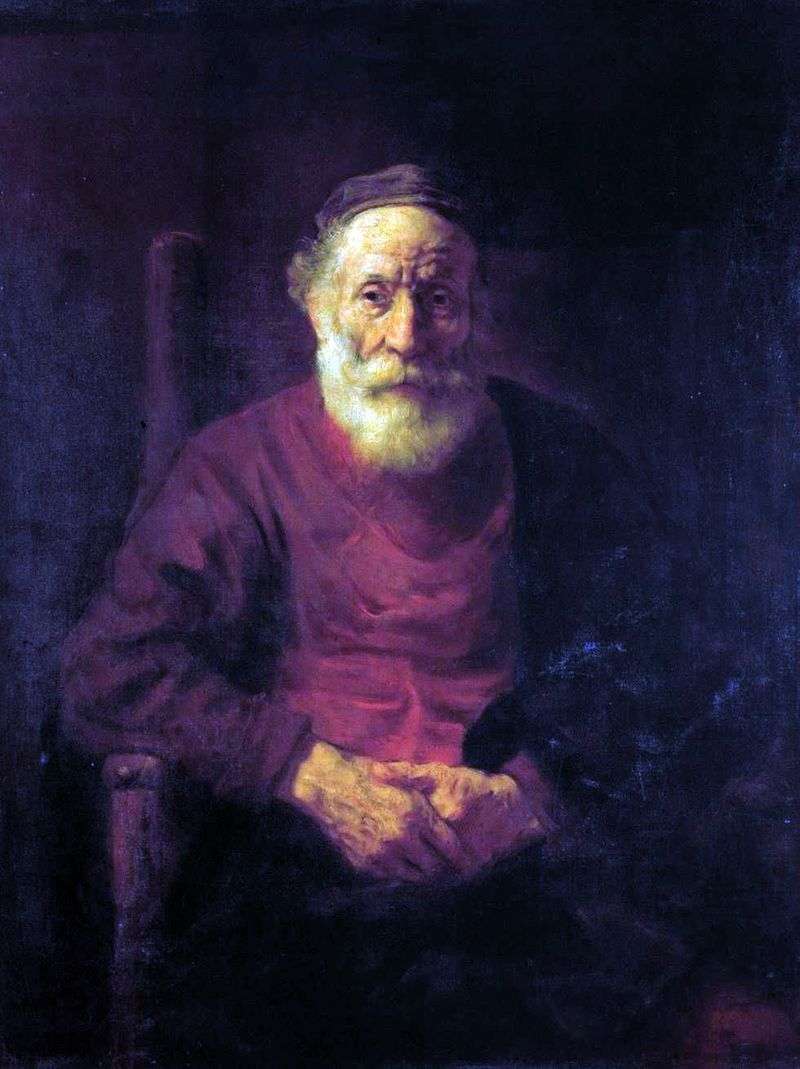 Portrait of an Old Man in Red by Rembrandt Harmens Van Rhine
Portrait of an Old Man in Red by Rembrandt Harmens Van Rhine